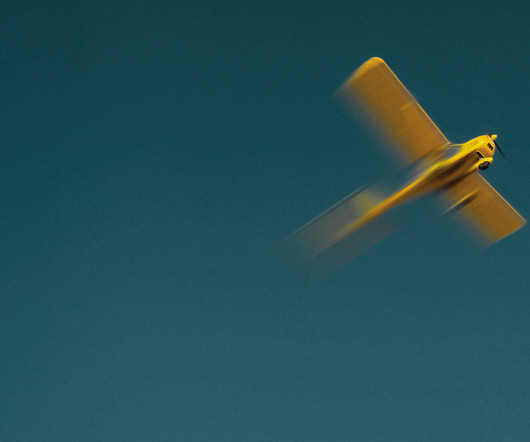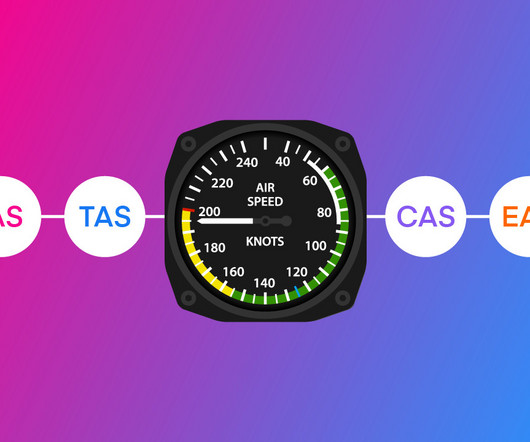Mach Number Explained: What It Is and Why Pilots Use It
Pilot Institute
JULY 11, 2025
Why don’t they use Indicated Airspeed just like the pilots who fly slower aircraft? Key Takeaways Mach number is a dimensionless ratio of true airspeed to local speed of sound. Mach number is simply a ratio of your true airspeed to the local speed of sound. Here, Mach 1 is roughly 573 knots (about 659 mph).


















Let's personalize your content